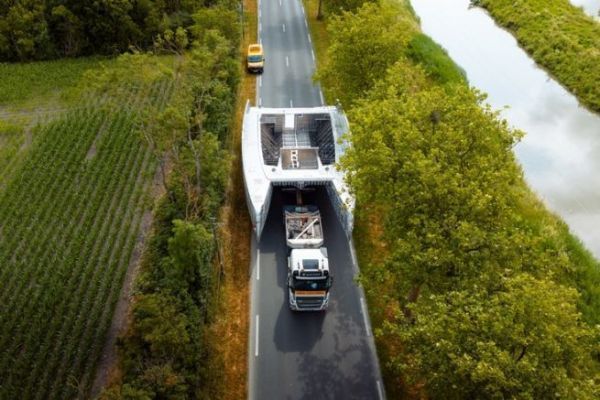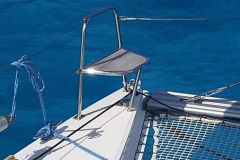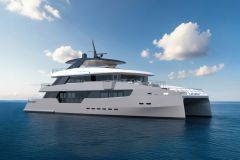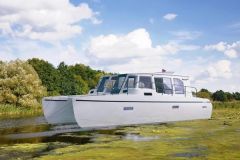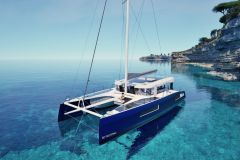The OCEA Cosmoledo, the Vendée shipyard's first sailing catamaran, illustrates a technical and artisanal approach that is rare in the world of superyachts. Presented at the Monaco Yacht Show 2024 prior to its launch in 2026, it combines a choice of materials, complete customization and innovations for safe offshore sailing.
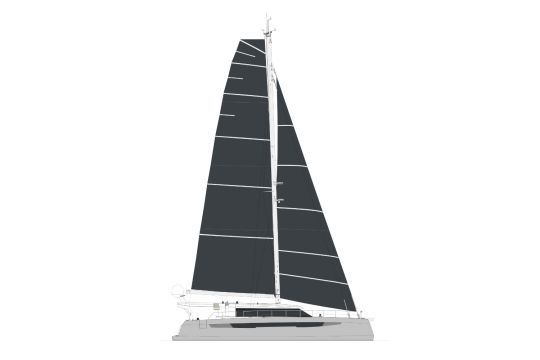
Aluminium construction and choice of materials
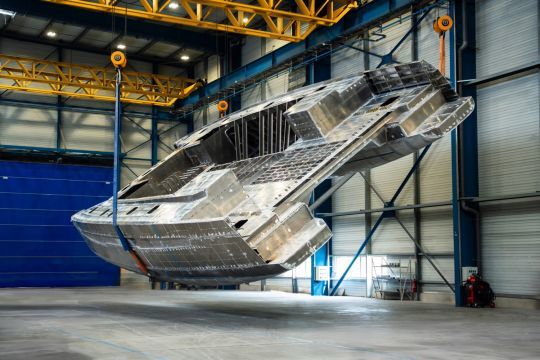
The hull of the Cosmoledo, 20 m long and 9.45 m wide, is made of aluminum, a material appreciated for its shock resistance, its tolerance to corrosion and its ability to withstand rapid repairs in port. Remaining unfinished above the waterline, it limits maintenance while offering an authentic appearance. The frame incorporates reinforced soundproofing and finishes adapted to the constraints of ocean cruising.
Custom design, from shipowner to architect
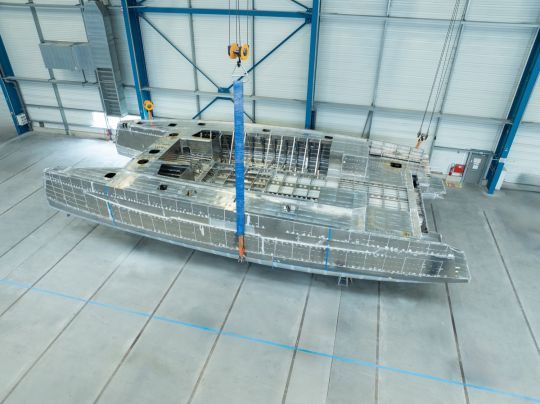
The project was born of specifications drawn up directly by the shipowner, who had extensive sailing experience. Naval architect Pierre Delion translated these requirements into detailed plans, taking into account the constraints imposed by the available 20 m berth. Construction began in Fontenay-le-Comte, before transferring to the Les Sables-d'Olonne shipyard to integrate systems and fittings.
Sailing performance and maneuverability
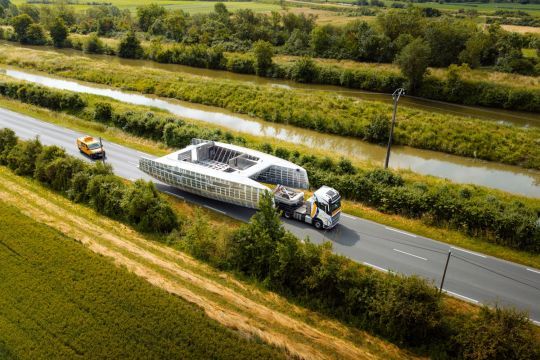
The Cosmoledo relies on an optimized displacement/sail ratio to maintain an average speed of 9 to 10 knots, both under sail and power. Its custom-designed, painted carbon rig and mast reduce masthead weight and improve responsiveness. Two helm stations, port and starboard, ensure precise maneuvering in tight spaces.
Energy autonomy and embedded systems
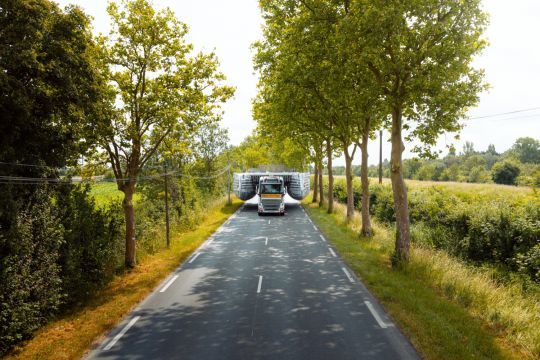
Designed for extended cruising in the Mediterranean, the catamaran is fitted with solar panels to reinforce its electrical autonomy, as well as significant freshwater capacity. The systems have been designed to reduce dependence on port infrastructures, while simplifying servicing and maintenance.
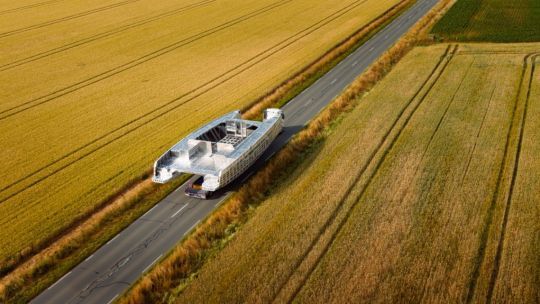

 /
/ 